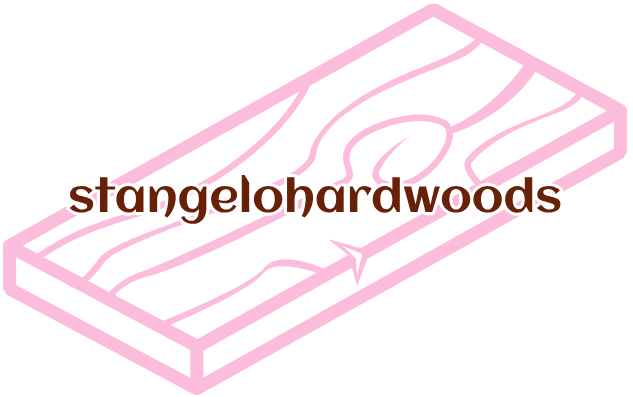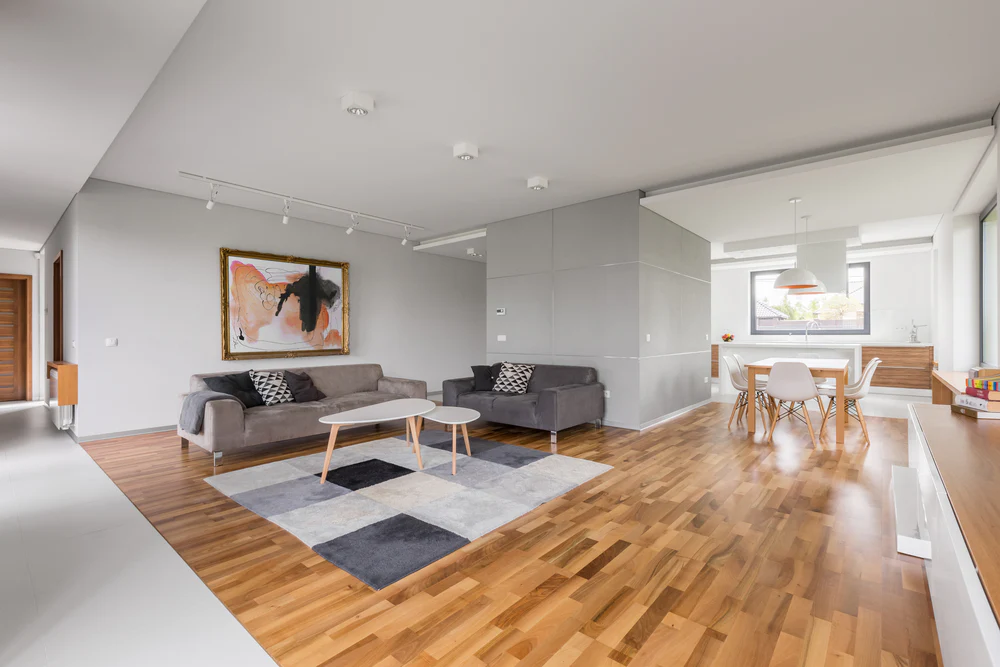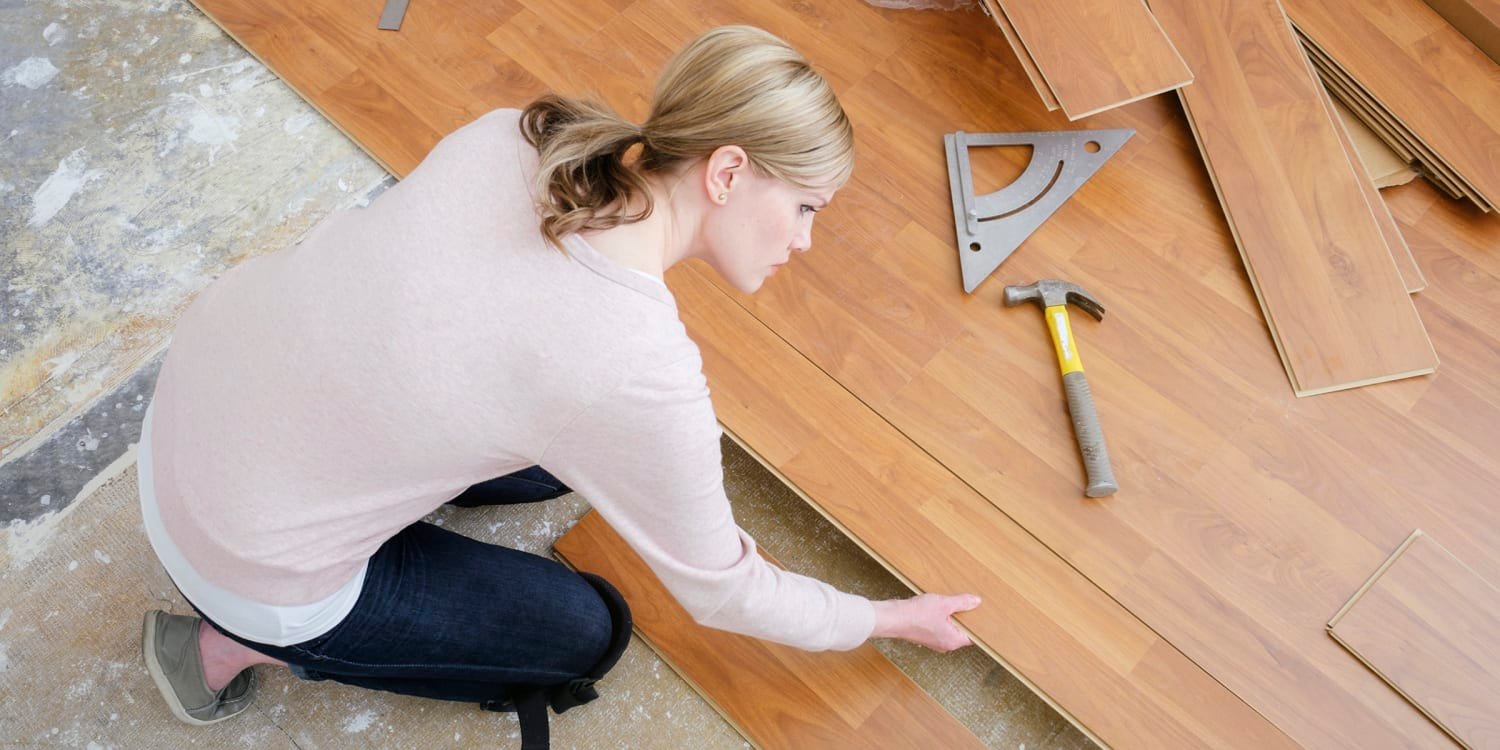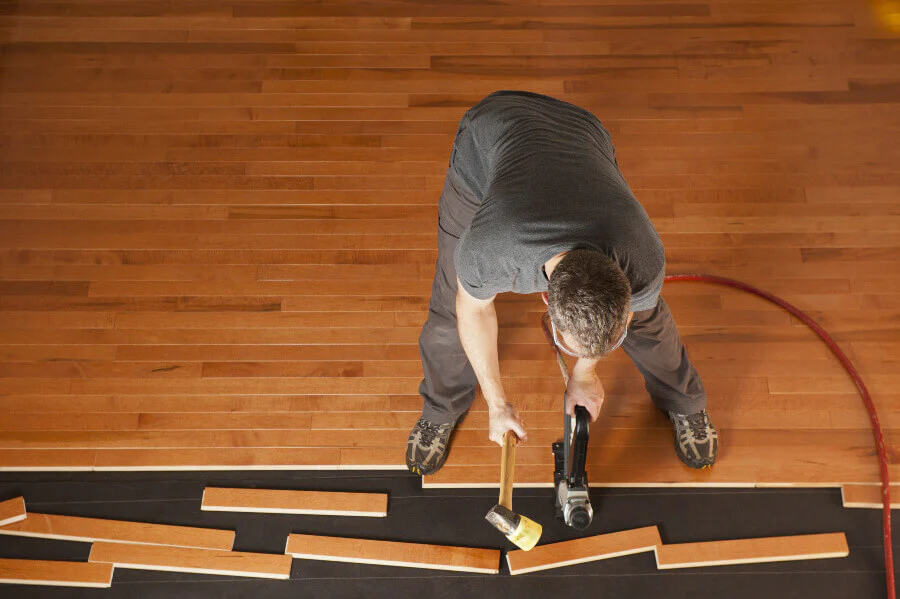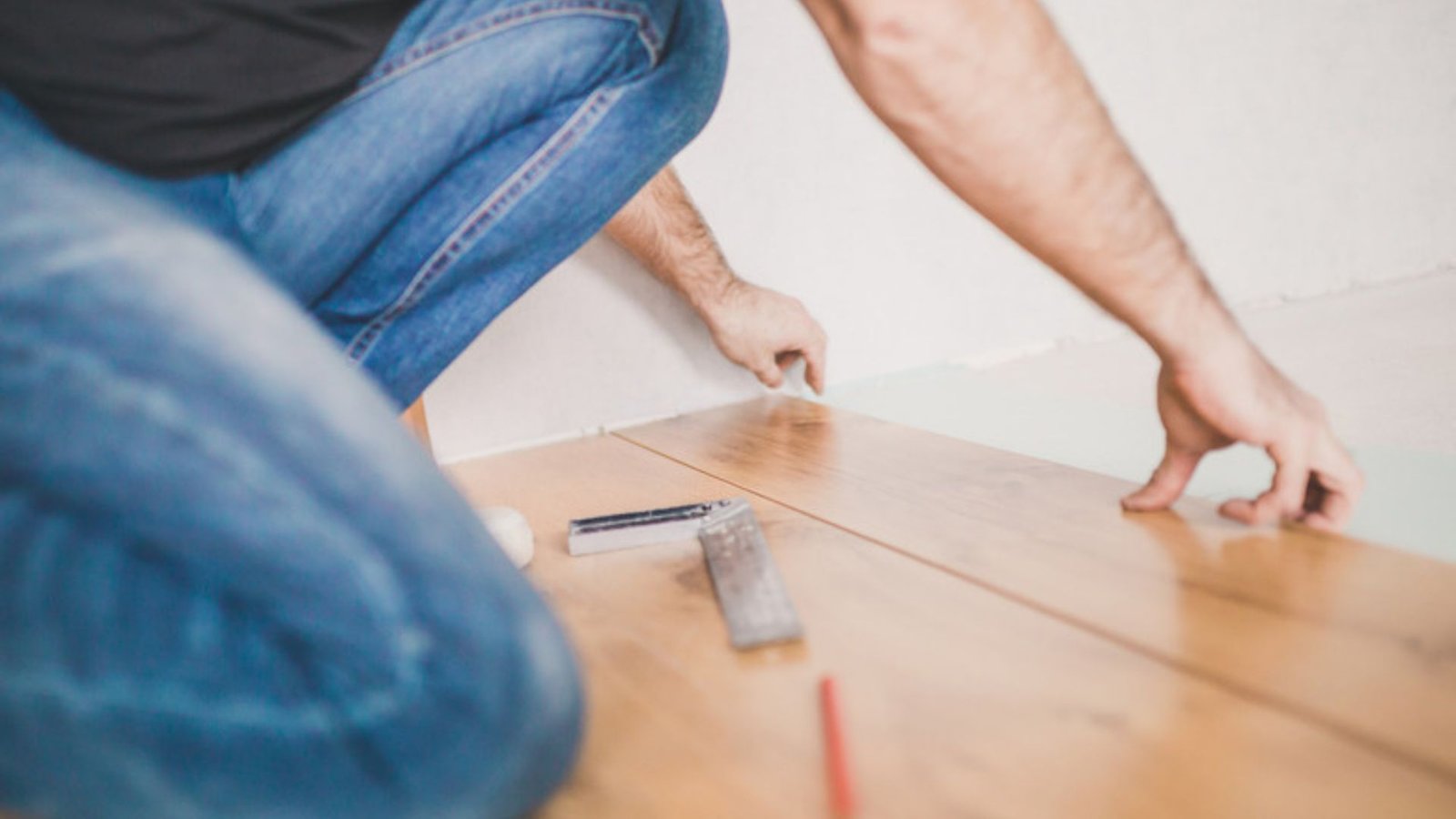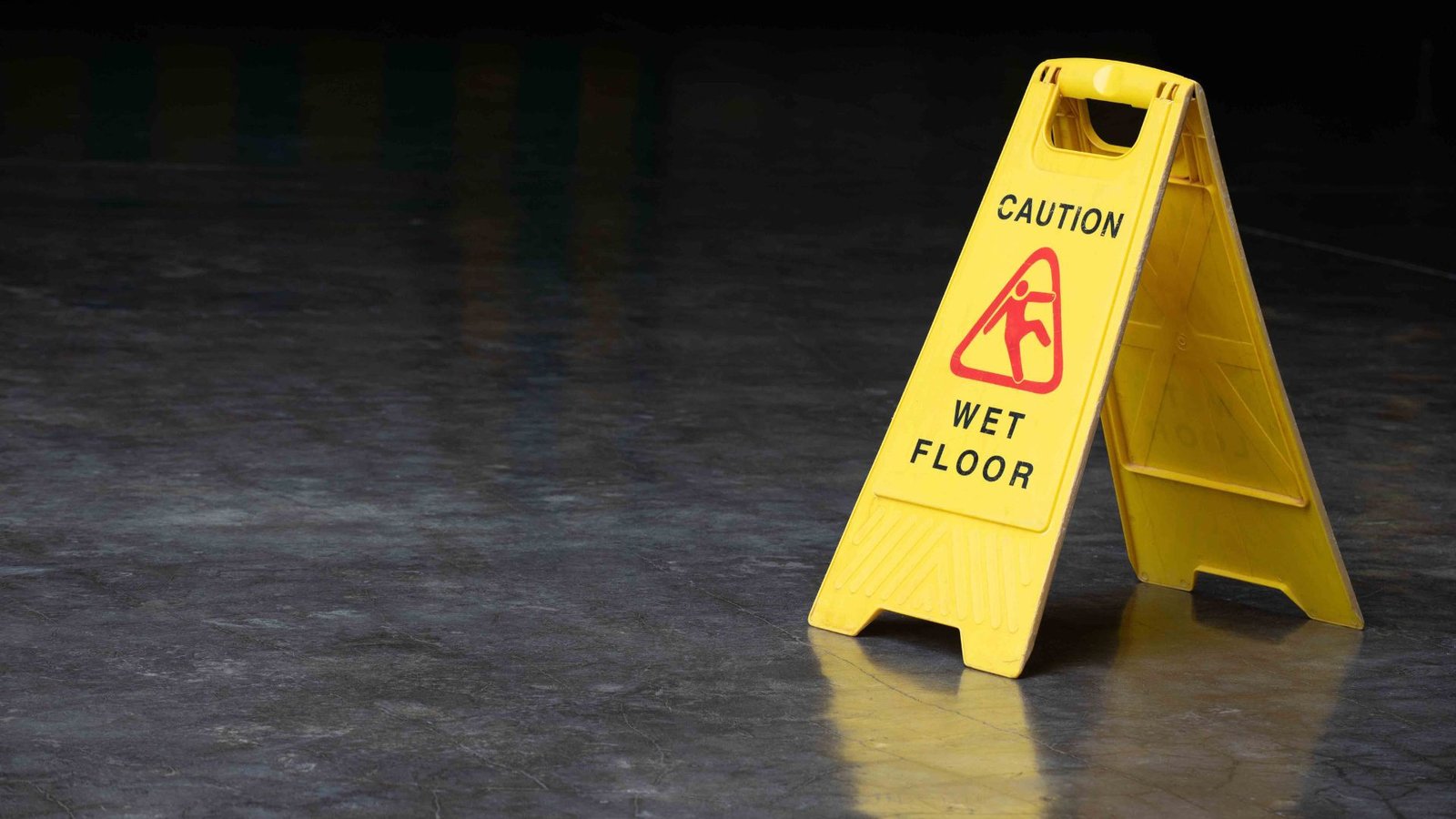When it comes to home design, mixing and matching flooring styles for unique designs can create stunning and personalized spaces. Combining different flooring materials can add depth and character to any room. In this article, we’ll give you ways to effectively mix and match flooring styles to achieve a distinctive look in your home.
Understanding the Basics of Flooring Styles
Before we jump into the specifics of mixing and matching flooring styles, it’s essential to understand the basics. There are several popular flooring options, such as hardwood, laminate, tile, and carpet. Each of these materials has its own unique look, feel, and benefits. For instance, hardwood floors bring warmth and elegance, while tiles offer durability and versatility. Knowing these characteristics will help you decide how to blend different styles seamlessly.
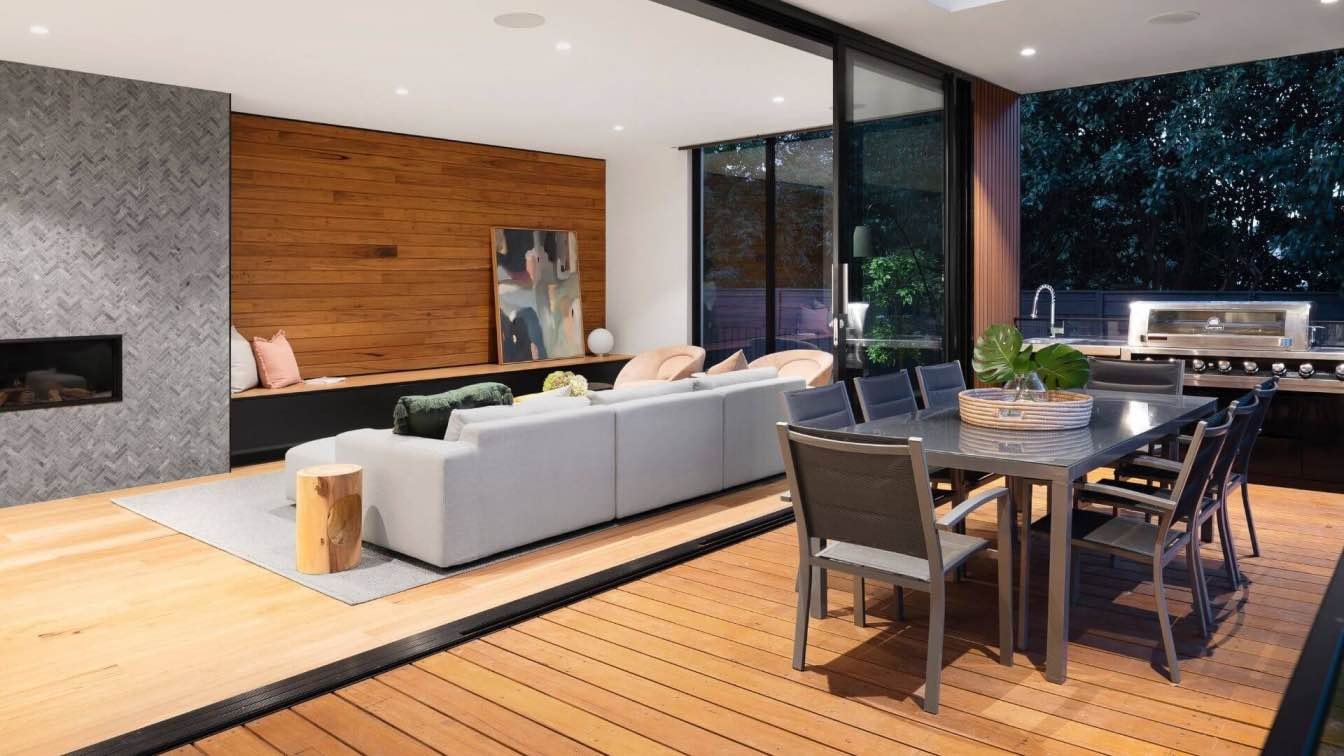
Creating a Cohesive Design
One of the keys to successfully mixing and matching flooring styles for unique designs is to create a cohesive look. While it’s great to combine different materials, they should all work together harmoniously. Start by selecting a color palette that ties the different flooring options together. For example, if you choose a light oak hardwood for the living room, you might consider using a light-colored tile in the kitchen that complements the wood tones. A consistent color palette will help unify the space and prevent it from feeling chaotic.
Defining Zones in Open Spaces
In open-concept homes, defining different zones can be an effective way to mix flooring styles. You can use various materials to designate different areas. For instance, you might have hardwood floors in the living area and switch to tile or laminate in the dining area. This technique adds visual interest and can help separate spaces without the need for physical barriers. Using rugs can also enhance the separation of zones while adding warmth and texture.
Playing with Texture
Texture is another essential factor to consider when mixing and matching flooring styles for unique designs. Combining different textures can elevate the overall aesthetic of your home. For example, pairing a smooth, glossy tile with a rustic, matte wood creates an appealing contrast. This interplay of textures can bring depth to your design, making it more visually engaging. Consider how different flooring options feel underfoot as well—soft carpets can complement hard surfaces like tiles or hardwood.
Incorporating Patterns
Using patterns is an excellent way to create a unique flooring design. You can mix and match patterned tiles with solid hardwood or laminate floors. For instance, if you have a herringbone-patterned hardwood floor, consider using a geometric tile in the bathroom to contrast with it. This approach not only adds style but also provides an opportunity to express your personality through design. Remember to keep the patterns cohesive by selecting designs that share a common color or theme.
Transition Strips for a Smooth Flow
When you mix different flooring styles, transition strips are essential for achieving a smooth flow between materials. These strips create a seamless connection between the different surfaces and can enhance the overall appearance of the flooring. They come in various materials, such as wood, metal, or vinyl, and can be chosen to complement either flooring style. Properly using transition strips will prevent tripping hazards and give your design a polished finish.
Emphasizing Key Areas
Another effective strategy when mixing and matching flooring styles for unique designs is to emphasize key areas of your home. For instance, you might want to highlight a focal point, such as a fireplace or a dining table, by using a different flooring material. A bold patterned tile under the dining table can draw attention to that area while keeping the surrounding space in a more neutral tone. This method helps guide the eye throughout the room, creating visual interest and depth.
Maintaining Functionality
While aesthetics are important, you must also consider the functionality of each flooring style. For instance, high-traffic areas like hallways and entryways benefit from durable materials, such as tile or laminate. In contrast, living areas might be better suited for softer materials, like carpet or hardwood. When mixing and matching flooring styles, ensure that each material is practical for its intended use. This way, your design remains not only beautiful but also functional and long-lasting.
Experimenting with Color Variations
Experimenting with color variations within the same flooring style can also produce unique designs. For example, using different shades of wood throughout your home creates a beautiful, layered effect. You could have dark hardwood in one room and a lighter shade in another, maintaining a connection while providing contrast. This technique can enhance the overall visual appeal of your space without overwhelming it with too many styles.
Conclusion
Mixing and matching flooring styles for unique designs is an exciting way to express your creativity and personalize your home. By understanding the basics, creating cohesive designs, defining zones, and playing with texture and patterns, you can achieve a stunning result. Don’t forget to consider functionality and use transition strips for a smooth flow. With these tips, you’ll be well on your way to designing a beautiful and unique flooring layout that reflects your style.
